Red Tide: The Truth That You Need To Know [With Prof. Mike Wetz]
- By: Joseph Simonds
- on
- Found In: Conservation, Fishing Interview, Fishing Tips, Salt Strong, Salt Strong Podcast
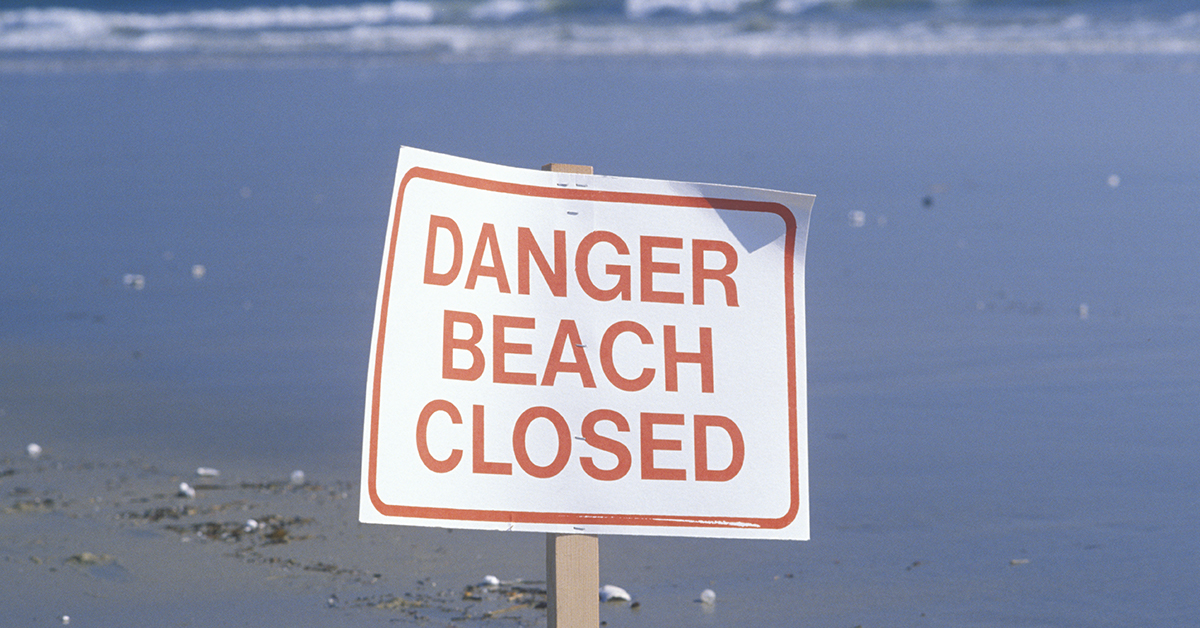
Red Tide is killing millions of sea life organisms — including fish, dolphins, manatees, sea turtles and more — along the Florida Gulf Coast right now.
The State of Florida has declared a state of emergency as a result. The areas affected by the Red Tide are in crisis.
But Red Tide does not just affect Florida. Texas, Louisiana, Mississippi and Alabama have experienced harmful red algae blooms (Red Tide) in years prior to this.
There’s a lot of confusion about the cause of Red Tide and algae blooms such as Brown and Green Tide.
Many different groups with various political affiliations try to push different narratives and take turns passing blame on each other.
Many of these groups will even knowingly promote fake news in order to change public perception in their favor.
To get to the truth about Red Tide, we decided to talk to an expert — Mike Wetz, associate professor of marine biology at Texas A&M University Corpus Christi.
Professor Mike Wetz
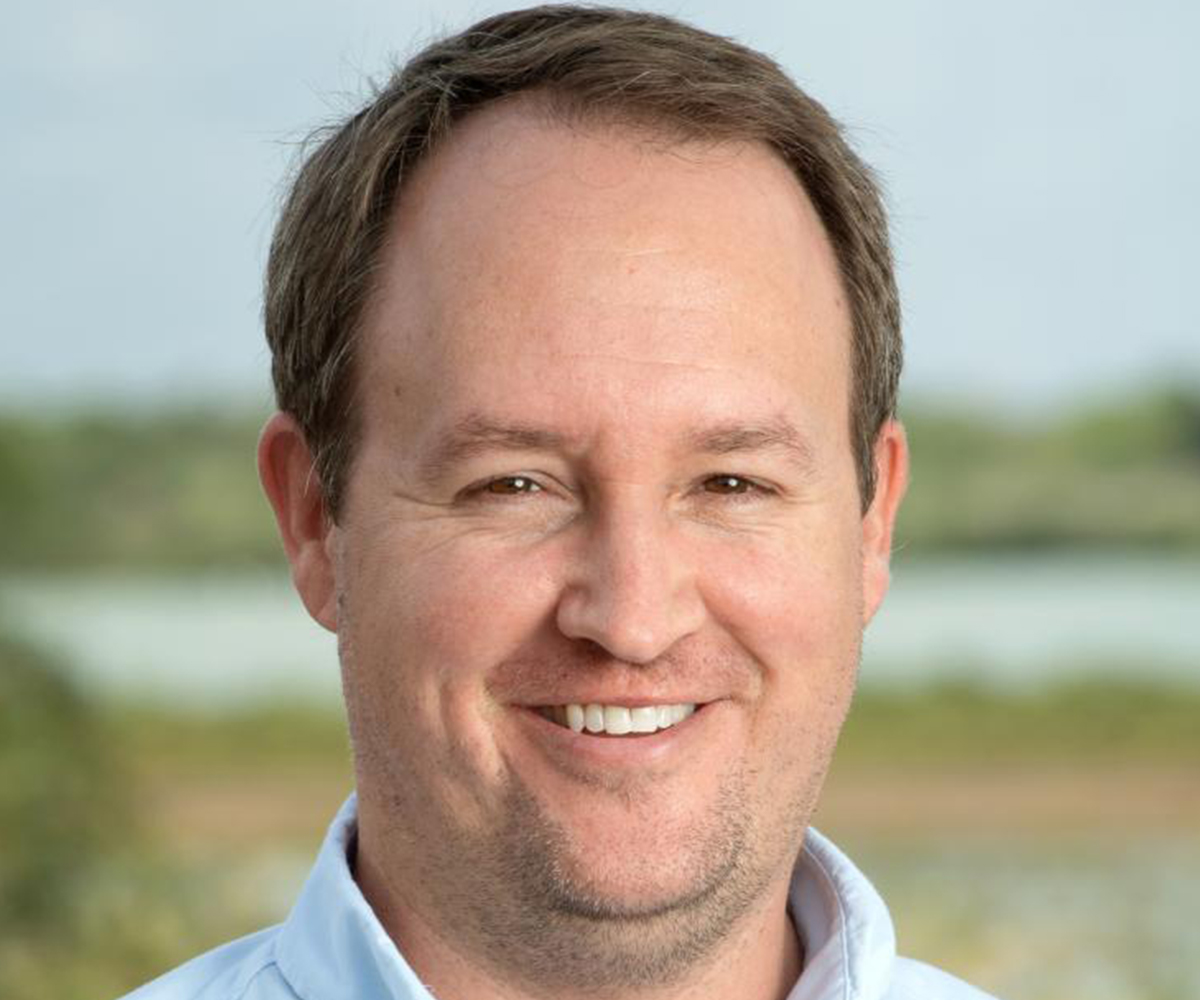
Mike Wetz was born and raised in Ohio.
He attended Coastal Carolina University for undergrad. During that time, he worked in a lab that studied harmful algae and developed a passion for the study of its effects.
After graduating from Coastal Carolina, he attended Oregon State University, where he earned his Master’s degree in Oceanography. While there, he did research for blue water studies.
Mike then went on to work at the University of North Carolina for his post-doctorate work. It was there that he says he was able to work with some of the world’s top harmful algae researchers.
Mike is now an associate professor of marine biology at Texas A&M University Corpus Christi, where he is regarded as one of the leading harmful algae bloom experts in the world.
He is also the chair of the Coastal Ecosystems Processes at the Harte Research Institute for Gulf of Mexico Studies.
We brought Mike on the podcast to tell us the truth about the Red Tide, what’s causing it and other algae problems that could potentially affect our fisheries.
In this episode, we go over:
- What Red Tide is.
- What the difference is between Red, Green and Brown Tide.
- How much of a manmade impact we are having on harmful algae bloom occurrences.
Have any questions or feedback about this podcast episode?
Let us know in the comments at the bottom of the page!
Note: Don’t forget to SUBSCRIBE to the Fish Strong podcast on iTunes or Google Play.
Learn more about the Insider Fishing Club
Prof. Mike Wetz On The Fish Strong Podcast
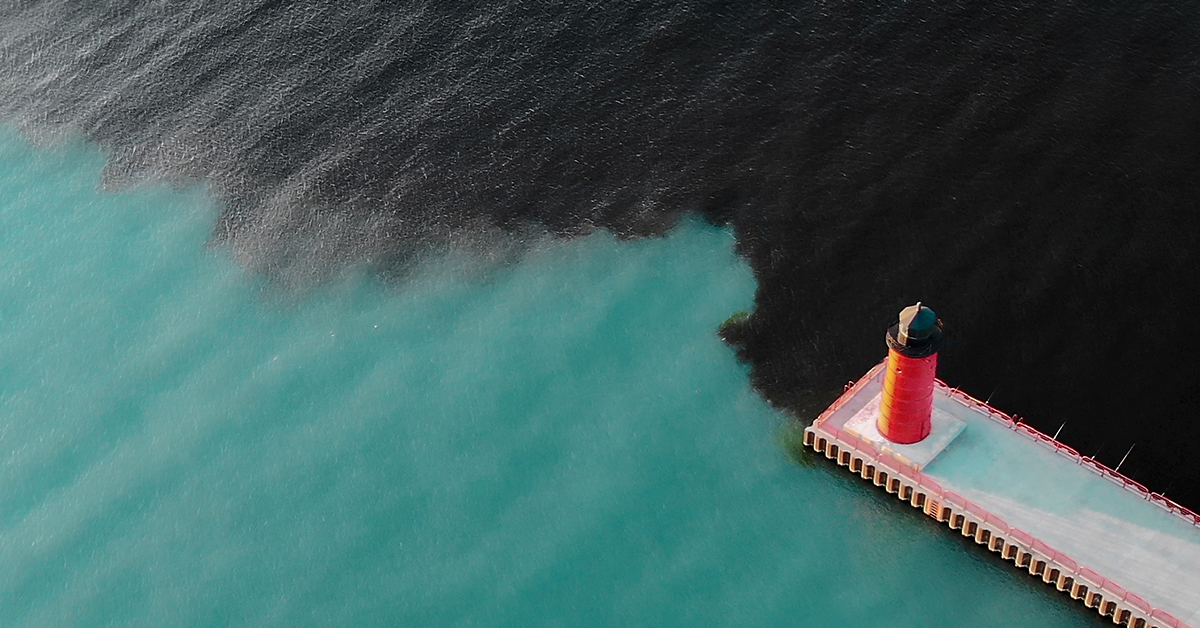
Click the play button to listen right here on our site or click either button below to go directly to iTunes or Stitcher to download the episode.
Note: Don’t forget to SUBSCRIBE to the Fish Strong podcast on iTunes or Google Play.
Learn more about the Insider Fishing Club
What Is Red Tide?
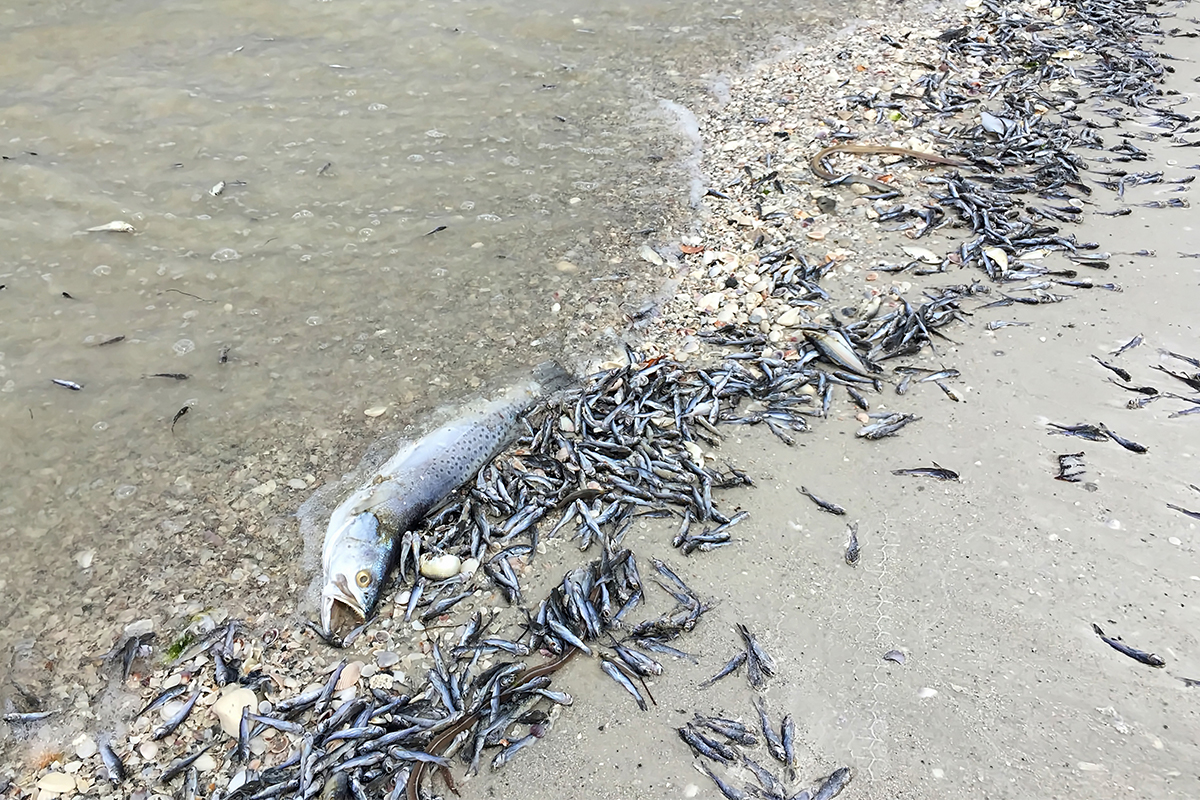
Red Tide refers to when a naturally-occurring microscopic algae in the Gulf of Mexico blooms in a certain area.
Red Tide depletes oxygen levels in the area and results in massive sea-life and fish kills.
On top of that, the presence of Red Tide sends toxins into the air which can cause respiratory issues for people on land.
The Red Tide particles can also cause severe skin irritation and makes the water unsafe to be in or eat seafood from.
Although Red Tide is a naturally occurring phenomenon, this year’s is one of the biggest and most severe in history.
According to Mike, studies show that the frequency and intensity of Red Tides are increasing.
Many researchers believe that there is a manmade impact on the intensity of Red Tide and some studies have even linked harmful nutrient-laden waters discharged into the Gulf to more intense Red Tides.
Although research is still being done on this issue, Mike says that evidence is pointing to human activity (water runoff, pollution, fertilizer) as a factor in Red Tide intensity and occurrences.
There are many factors in what causes Red Tide and Mike says there isn’t one single cause, person or group to blame for it.
Mike says it’s important to note that Red Tide is different from Blue-Green algae (Green Tide) and Brown Tide — which each have different causes as well.
You can see more about this issue by checking out our article about the current Florida water issues.
How Can We Do Our Part To Prevent Red Tide?
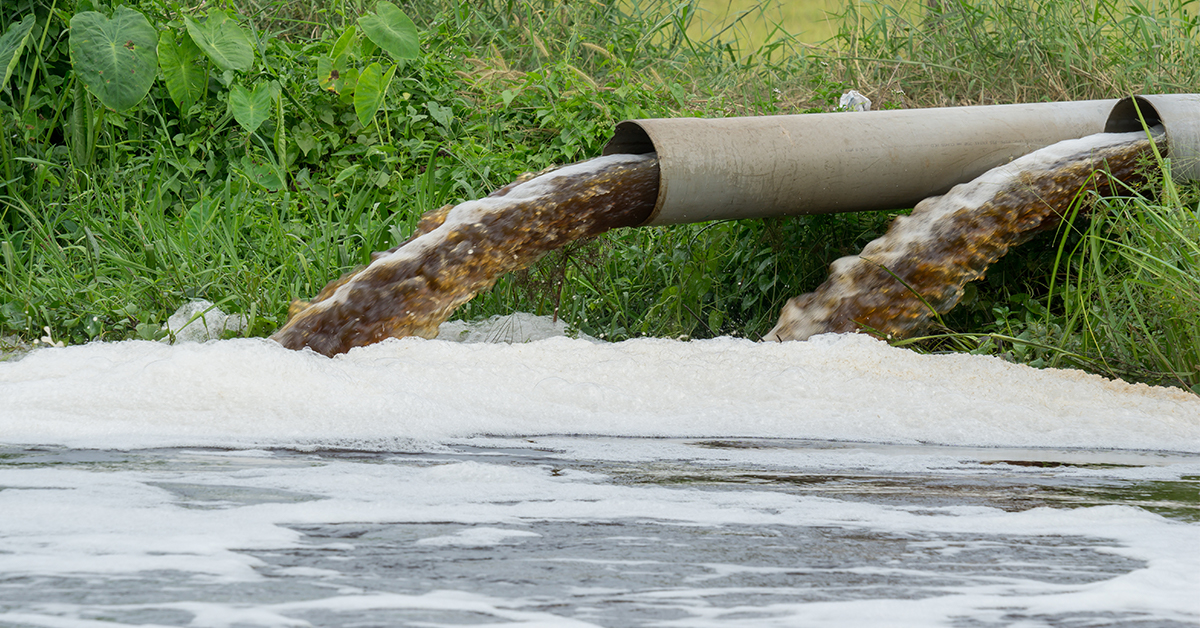
Mike says one of the best steps for people, in general, to take to prevent Red Tide and other harmful algae blooms is to reduce our manmade impact on our waterways.
We’ve diverted natural flows of water, dumped toxins and pollutants into our estuaries and used harmful pesticides and fertilizers that seep into our waters.
We as a society need to be more conscious about what we dump into the water and what goes into the ground because everything basically ends in the water anyway.
Mike says that he doubts this is a problem that is going away anytime soon. With more frequent and intense Red Tides, we’re going to need to come up with actionable solutions to combat their harmful effects.
Learn more about the Insider Fishing Club
Conclusion
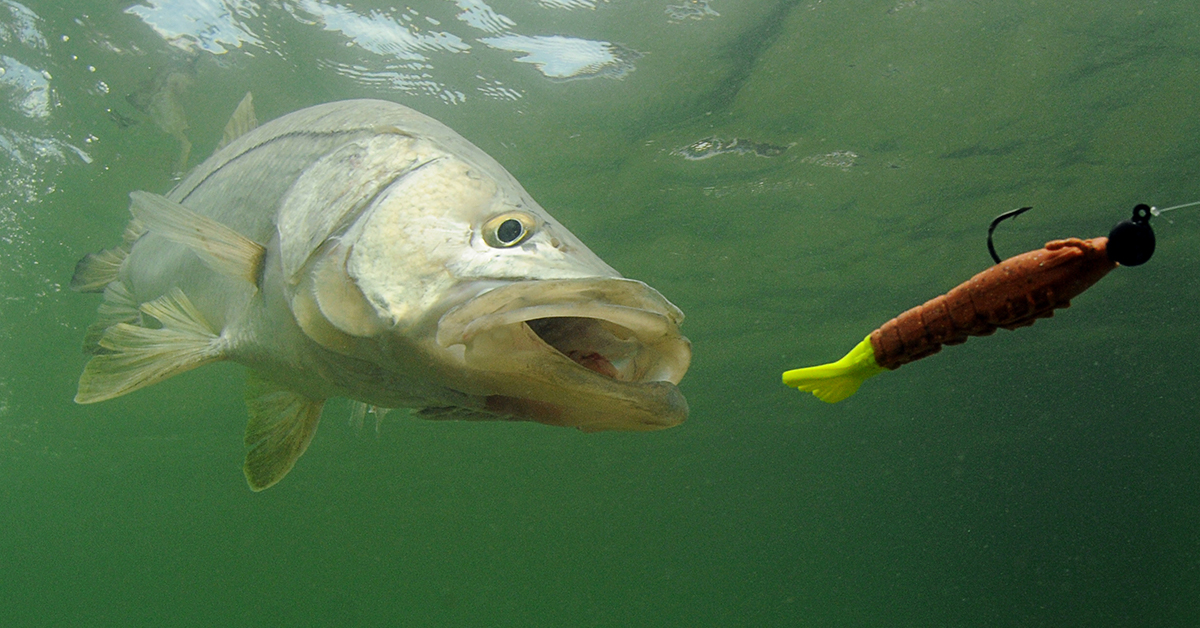
Although Red Tide is naturally-occurring, we need to realize that what we do as humans can affect it.
We don’t want this to become a bigger problem than it already is. Therefore we need to come together to figure out a solution to its impact.
To learn more about Mike and his research visit the Coastal Bend Bays & Estuaries Program website.
If you have any questions about this article, let us know in the comments. We’re here to help!
Tight Lines!
Related Post:
1. What You Need to Know on How Politics are Destroying our Fisheries
2. Everything You Must Know About Saltwater Fishing Rods [With TFO’s Jim Shulin]
3. BIG Fish. BIG Heart. BIG Fishing Captain [With Capt. Mike Anderson]
Then you’ve got to see this private fishing club! Here’s what you’ll receive today:Do You Want To Quickly Find New Fishing Spots In Your Area?
Click here to join today.
Related categories:
STOP WASTING TIME ON THE WATER!
Do what the “SMART ANGLERS” are doing and join the Insider Club.
Here’s what you’ll receive today when you join:
- Weekly fishing reports and TRENDS revealing exactly where you should fish every trip
- Weekly “spot dissection” videos that walk you through all the best spots in your area
- Exclusive fishing tips from the PROS you can’t find anywhere else
- Everything you need to start catching fish more consistently (regardless if you fish out of a boat, kayak, or land).











The people really don’t need a history lesson or typical university boiler plate response (It’s always been around, our discharge of waste may be a contributing factor??? and my favorite is they can’t admit that red tide each year has increased). It’s a shame that our universities are granted monies on prediction models and boiler plate responses instead of a solution. Once again, our universities, marine research institutes and government agencies cannot give a solution, but they can collect monies for predictions and boiler plate responses time and time again.
Found the interview with Mike total uninclsive . Seems many adjective like : many causes, many reasons, could be because of run off, sure it is a big problem, it to complex to talk about. For all education he has, seem there is no facts on Red Tide causes and no magic bullet effects he was Politically able to say. Luke ,you seem more aware than Mike. I have been troubled and no one seems to have the power and will to start and stop RED TIDE. Tourist is going to be hurt by red tide this year for sure.
Best Regard
John Martin
John, part of what he said is there is NO silver bullet to stop red tide and if you do a little research yourself red tide has occurred in the gulf (documented) since before we inhabited the area.. i.e. documented in original Spanish explorers to the area.. Do not believe all the political hype where one party wants to blame the other for red tide….. “Red tides were documented in the southern Gulf of Mexico as far back as the 1700s and along Florida’s Gulf coast in the 1840s. … For more information on historical red tide events in Florida, see the Florida Fish and Wildlife Conservation Commission’s harmful algal bloom monitoring database.”
Joe- I truly appreciate you interviewing an expert on the different types of algae affecting our waterways. I did learn a bit, but I think the discussion was at too high a level and with someone who he wasn’t really knowledgeable enough about what’s happening in Florida to make targeted comments. This is by no means a knock on this interview; it is a start for this group. However, I think many of our members would really like to here from experts more familiar with the specifics happening in Florida. I think there’s been too much talk for too long about the ‘many potential factors that might be causing what Florida’s waterways are experiencing’. I believe there are Florida experts who have a pretty good idea what the causes are and what needs to be done to fix them here. We need real actions now, even if it takes years to accomplish everything that should be done. I would like to here what those actions are and who is on board and who needs to get on board to get them moving. Thank you for helping us all stay SaltStrong!
Excellent feedback, Walter! I certainly learned quite a bit about algae in general, but like you, I still have a bunch of questions about Florida specifically.You could probably tell I was trying to get some more intel out of him regarding Florida but it was tough. Any thoughts on some local experts to interview? Thanks again for tuning in!
I would talk with Captains for Clean Water if you haven’t already. They have been connecting with the right connections and knowledge for years now and I would say have been our best local advocates in Washington on Florida’s ocean water quality. It would be neat to see an interview with them. I know they would love Salt Strong being connected to them. It could be a match made in heaven 🙂